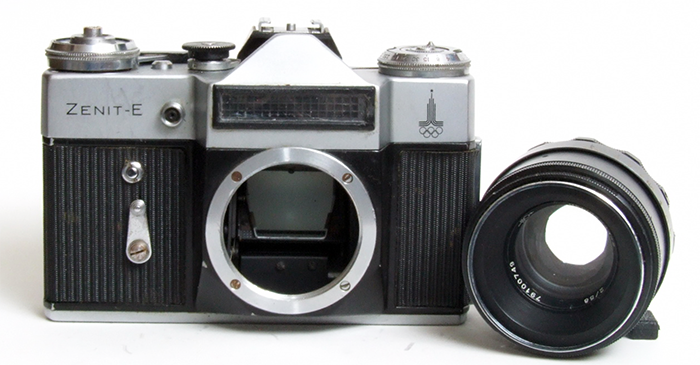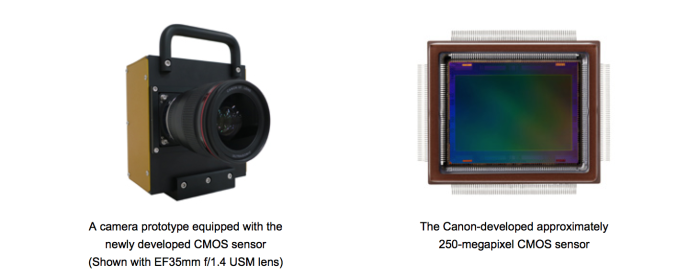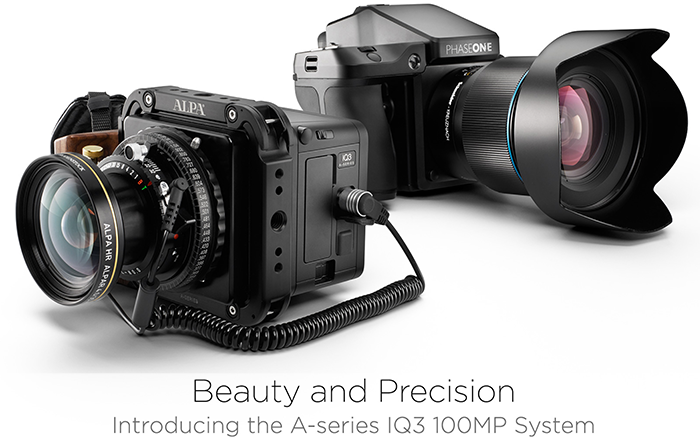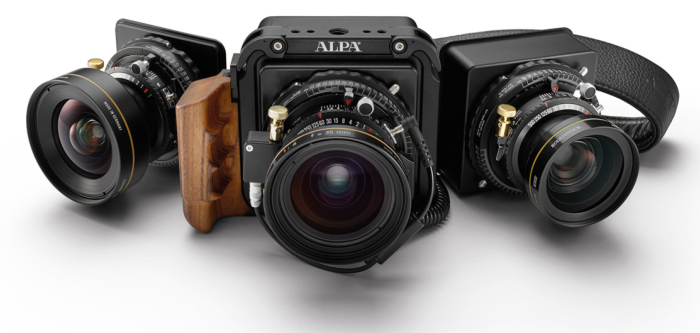«??????» ???????? ????????? ????? ????????????? «?????» (Russian for Zenit is back)
 [/shoplink]
[/shoplink]
The Russian Magazine Rns.online reports that the Russian public company Rostec wants “to make it a luxury device, analogous to the Leica.”
I am yet not sure a “historical communist camera” can get suddenly become a “luxury product”. But I am curious how they will manage to achieve such a big change!
Maybe I should buy some [shoplink 301697 ebay]Zenit stuff on eBay[/shoplink] and wait until the price rises? :)
–
via Petapixel via Photorumors




